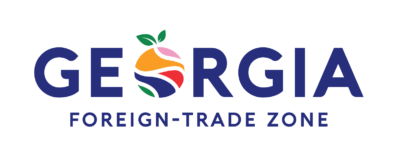Manufacturing Vehicles in an FTZ
Donnie Barnes, BMW Manufacturing Co., LLC
Manufacturing vehicles in a foreigntrade zone is the same as manufacturing vehicles anywhere– but with some very distinct advantages. I state this to emphasize that a company does not have to radically change the way it does business in order to use an FTZ.
Direct delivery is reason enough for a company operating under a just-intime inventory basis to be in an FTZ. If a shipment arrives at midnight and is needed on the assembly line, that shipment can be received into the inventory control system, taken straight to the line for use, and then be reported to Customs and Border Protection the next day. The cost of a line-down situation far exceeds any duty savings to be realized.
If the company exports, manufacturing in an FTZ can put the company in a much better cash flow situation. Instead of paying duty on imported parts, going through the manufacturing process, exporting the vehicles, gathering documentation, and waiting for CBP to refund the duties paid under its drawback program, the vehicle manufacturer simply never pays the duty on the parts that are used in the exported vehicles. Remember that only 99 percent of the duty paid is eligible for drawback.
The merchandise processing fee is not eligible for drawback. And, if the manufacturer has not yet localized the purchase of parts subject to anti-dumping duties, it should remember that those “penalty” duties are also not eligible for drawback. Additionally, most drawback recipients use a specialized drawback broker to file the claims – which can cost 10 to 25 percent of the refund.
As much as a vehicle manufacturer hates to admit it, scrap is one of the products of the manufacturing process. Duty is never paid on the scrapped material.
The ability to file a weekly entry allows the vehicle manufacturer to reduce brokerage fees and merchandise processing fees. This is in addition to the administrative efficiencies that allow shipping to occur 24 hours per day – even when Customs is not available.
The security requirements for an FTZ closely mirror the C-TPAT security requirements. This should facilitate the vehicle manufacturer’s C-TPAT validation so that it can enjoy additional benefits – such as qualification to participate in the Importer Self-Assessment program.
The reasons go on and on . . . but the information contained in this short article should encourage non-zone companies to investigate the use of an FTZ!
Ms. Barnes is the Customs Manager for BMW Manufacturing Co. and Rolls-Royce Motor Cars NA. She is also the immediate past president of the National Association of Foreign-Trade Zones.

